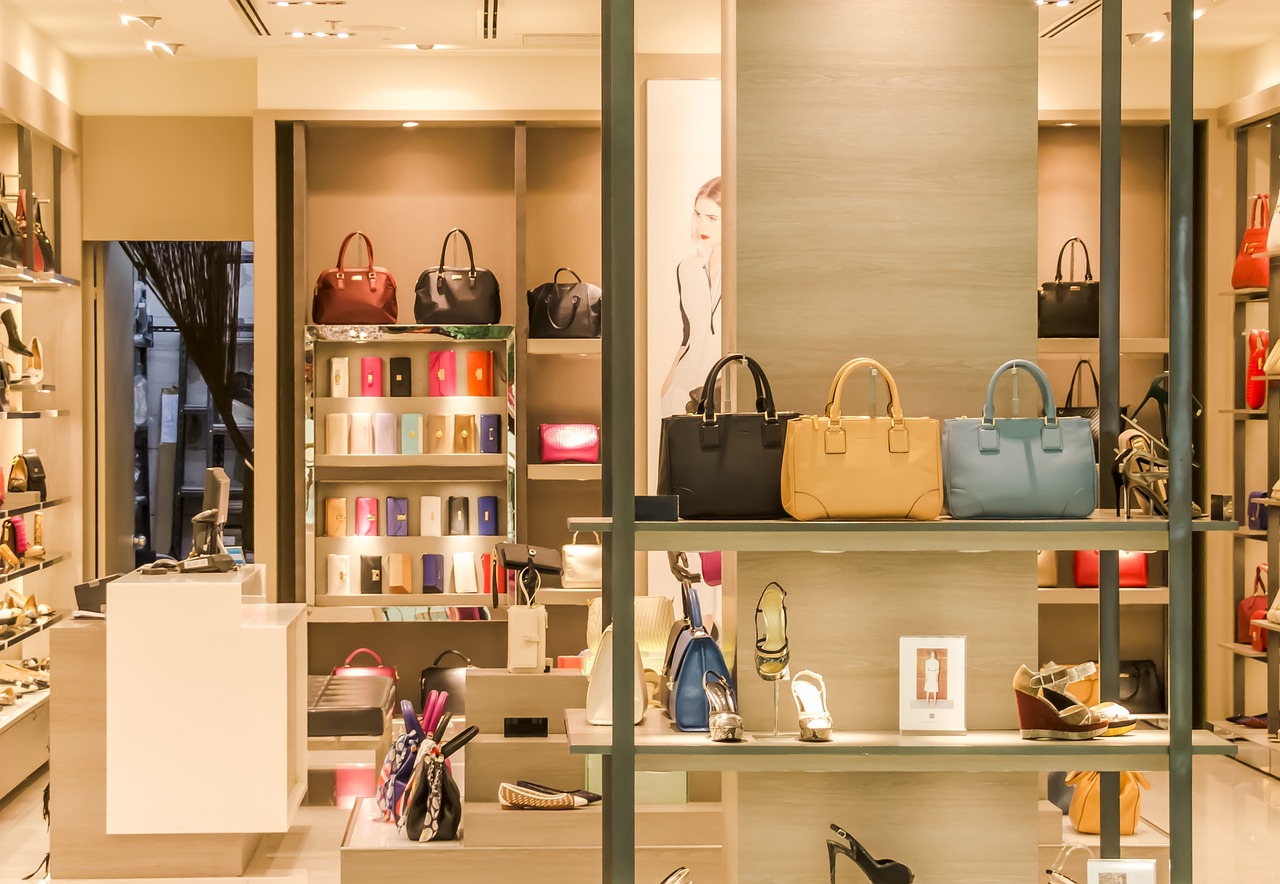If you asked someone a decade ago how they imagined the future of fashion, chances are they’d mention holographic runways or clothes that changed color with a tap on your phone. While we might not be fully there (yet), one thing is certain — technology and fashion have never been more intertwined than they are today. From artificial intelligence (AI) predicting style trends to virtual reality (VR) redefining the shopping experience, the industry is undergoing a digital transformation that’s reshaping everything we know about how we create, buy, and experience fashion.
Please like, comment, and share this article if you found it helpful and
informative.
For more news check out Big Town Bulletin News
For more from Big Town Bulletin check out Big Town Bulletin
Let’s take a closer look at how these innovations are revolutionizing the industry in ways that feel equal parts futuristic and practical.
AI: The New Fashion Insider
Artificial intelligence isn’t just for self-driving cars and voice assistants — it’s quickly becoming one of the most valuable tools in the fashion world. Brands are harnessing AI to anticipate consumer trends, personalize shopping experiences, and even design new collections.
Trend Forecasting on Steroids:
Gone are the days when trend forecasting relied solely on runway shows and street-style snaps. AI can now analyze massive amounts of data from social media, online searches, and sales reports to predict what customers will want next season. By picking up on emerging patterns in real-time, brands can stay ahead of the curve and produce collections that resonate.
Personalized Shopping Like Never Before:
Ever wonder how your favorite shopping app seems to know exactly what you’ll want to buy next? That’s AI at work. By learning your browsing habits, purchase history, and even how long you linger on a particular product page, AI-driven algorithms can recommend clothing and accessories tailored to your personal style. It’s the digital equivalent of having a personal stylist — one that’s available 24/7.
AI-Generated Designs:
Some fashion houses and startups are pushing boundaries even further by using AI to assist in the design process. Algorithms can suggest color palettes, fabric combinations, and silhouettes based on data-driven insights. While human creativity remains at the heart of fashion, AI acts as a powerful collaborator, offering ideas that designers might not have considered otherwise.
Virtual Reality: Redefining the Fashion Experience
Virtual reality isn’t just for gamers — it’s also transforming how we shop and interact with fashion. As the retail landscape shifts, VR has emerged as a way to create immersive, engaging experiences for customers, whether they’re browsing from home or visiting a concept store.
Virtual Fashion Shows:
When the pandemic put a pause on physical runway events, fashion houses quickly pivoted to digital shows — and some took it to the next level with VR. Viewers could “attend” shows from the front row, exploring 360-degree catwalks and exclusive behind-the-scenes content. It was a glimpse into the future of fashion week, one that’s more inclusive, sustainable, and accessible.
Virtual Fitting Rooms:
One of the biggest challenges of online shopping has always been not knowing how something will look or fit. Enter VR-powered fitting rooms. Using your phone or webcam, these tools let you virtually try on clothes and accessories, saving time (and return fees). Some platforms even use augmented reality (AR) to project outfits onto your image in real time, making online shopping feel a lot more like the in-store experience.
Digital Fashion and the Metaverse:
As digital spaces like the metaverse gain traction, virtual fashion is quickly becoming a category of its own. People are now purchasing clothing and accessories for their avatars — and major brands are getting in on the action. From limited-edition digital sneakers to NFT dresses, virtual fashion is blurring the line between the physical and digital worlds, offering new ways for consumers to express themselves.
Sustainability Meets Smart Innovation
Beyond enhancing convenience and creativity, the marriage of fashion and technology also holds promise for sustainability — a growing concern in an industry notorious for waste and overproduction.
On-Demand Manufacturing:
AI-driven demand forecasting allows brands to produce only what they know will sell, reducing excess inventory and minimizing waste. Some companies are even exploring made-to-order models powered by AI, ensuring that resources are used efficiently and responsibly.
Virtual Sampling and 3D Prototyping:
Before a garment is ever cut and sewn, 3D design software lets designers create realistic digital prototypes. This not only speeds up the development process but also cuts down on the fabric waste associated with physical samples. It’s a smarter, cleaner way to innovate.
The Future Is Now
What was once the stuff of science fiction is rapidly becoming reality. AI and VR are no longer experimental add-ons to the fashion world — they’re essential tools driving creativity, enhancing customer experiences, and addressing some of the industry’s most pressing challenges.
And while technology will never replace the artistry and intuition of a great designer or the thrill of discovering a new piece in person, it’s clear that the future of fashion will be as much about algorithms and immersive worlds as it is about fabrics and stitching.
One thing’s for sure: the intersection of technology and fashion is no passing trend — it’s the new runway we’re all walking on.
Please like, comment, and share this article if you found it helpful and
informative.
For more news check out Big Town Bulletin News
For more from Big Town Bulletin check out Big Town Bulletin


